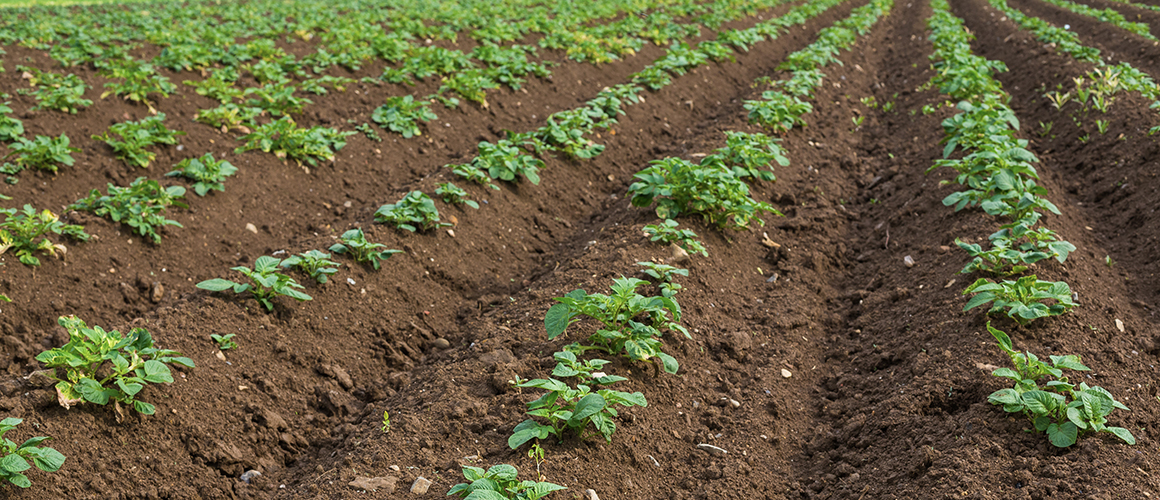
New monthly wholesale market veg price summaries available
2 July 2018
RIPPA functionality and industry update video
3 July 2018A research team at the Tasmanian Institute of Agriculture (TIA) has put soil health in the spotlight, with a multidisciplinary research team recently finishing their review of scientific studies and real-world experiences to tease out the best strategies for sustainable soil health.
The team of soil scientists, molecular biologists, agronomists, engineers and plant pathologists from TIA, as well as private consultant and former soil scientist at TIA Leigh Sparrow, has worked with the enormous amount of available information on soil health to extract what’s relevant to the potato industry.
The first component of the project included an in-depth literature review aimed at understanding all the interacting components of soil health – the physical, biological and chemical factors – which are all essential in creating robust and productive soils that are able to sustain commercial potato production.
The literature review was used to inform the later workshop component of the project, which brought together domestic and international experts and potato industry representatives to discuss soil health.
Key components of the discussions included:
- Identifying the critical industry priorities and existing knowledge and tools that industry can use
- What soil health tools the industry would like
- How soil health practices should be communicated to growers
- Identifying future tools and techniques that could benefit the industry
- Scoping potential R&D areas
We’ve published a full profile of the project, including an interview with project lead Dr Robert Tegg, in the latest edition of Potatoes Australia – which you can read online in the publications section of our website.
This post appeared in the AUSVEG Weekly Update published 3 July 2018. Subscribe to the Update using our online form to receive the latest industry news in your inbox every week!
| This project has been funded by Hort Innovation using the fresh potato and potato processing research and development levies, co-investment from the Tasmanian Institute of Agriculture and contributions from the Australian Government. |  |

